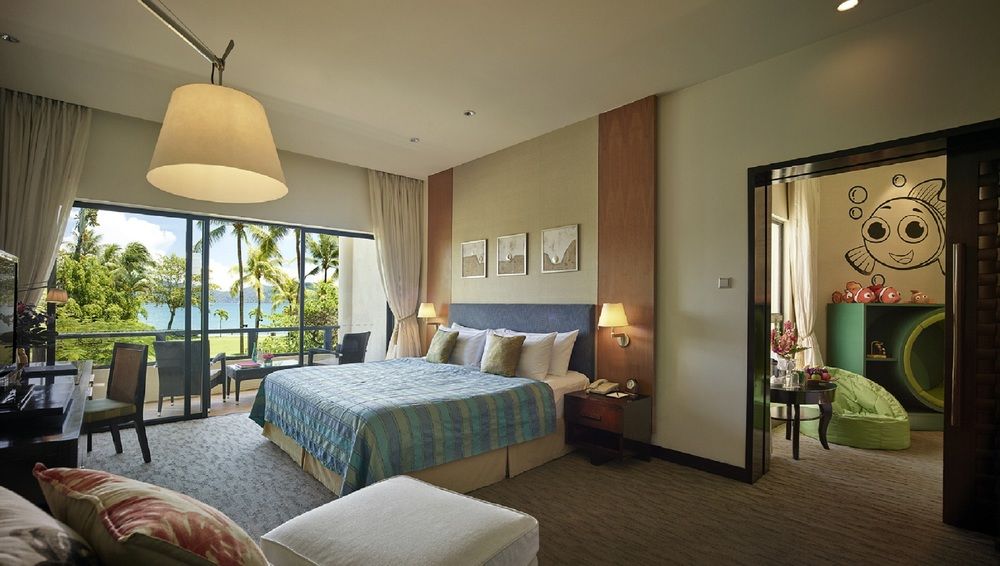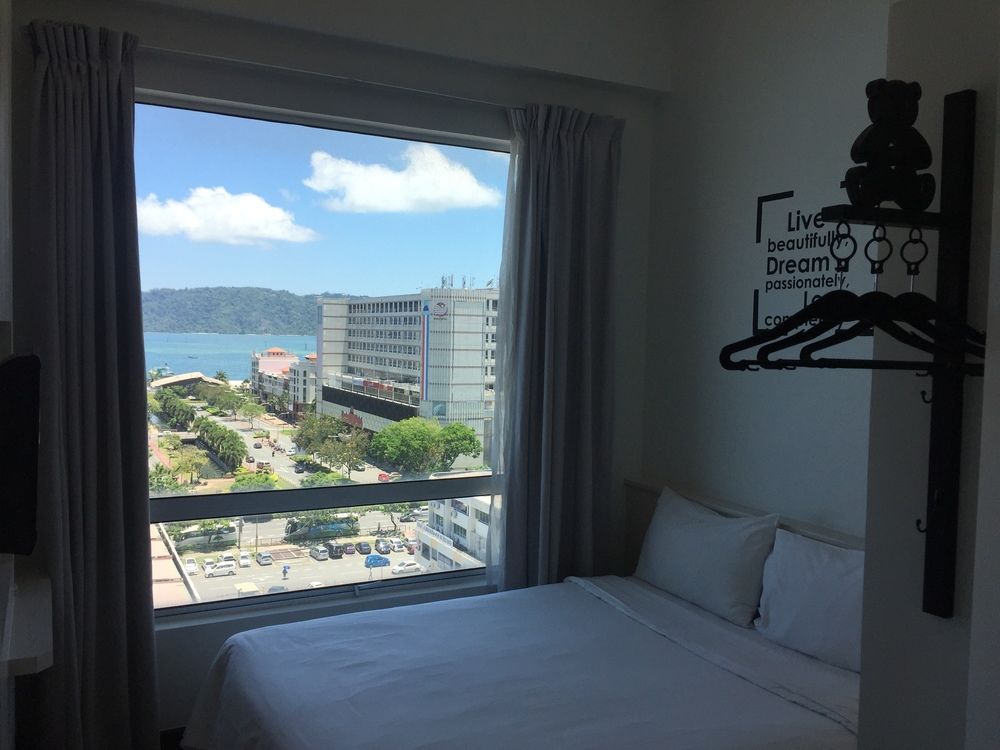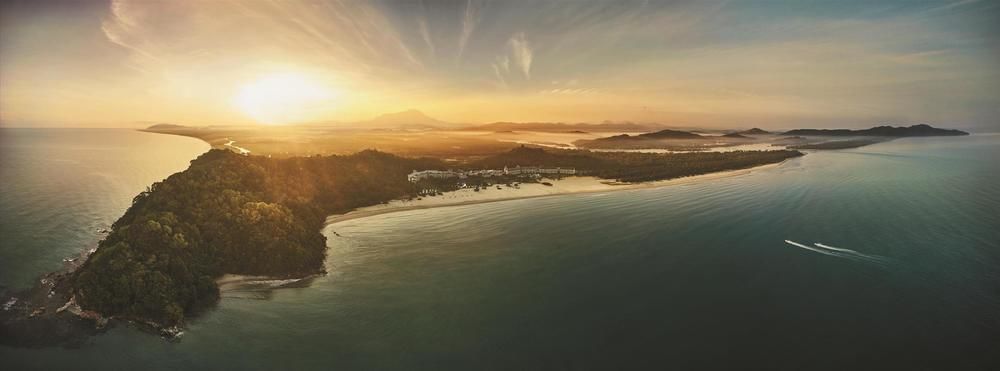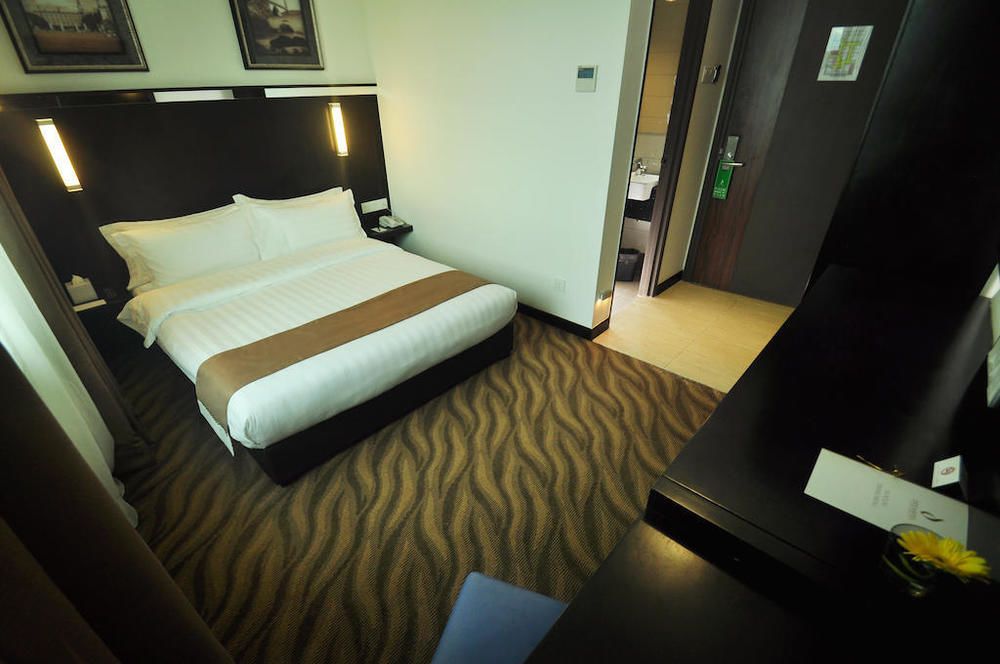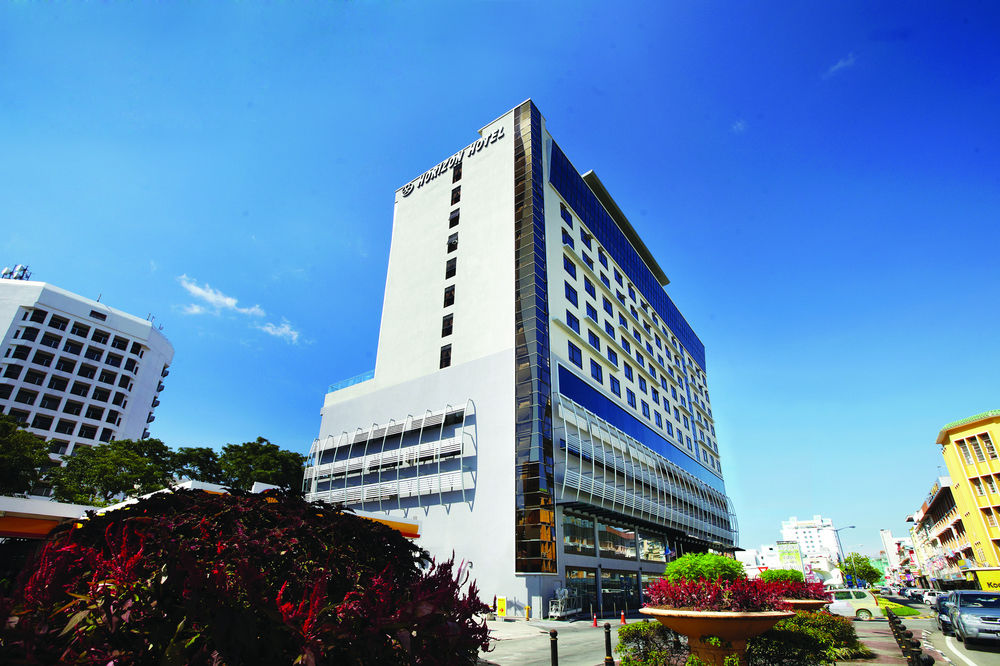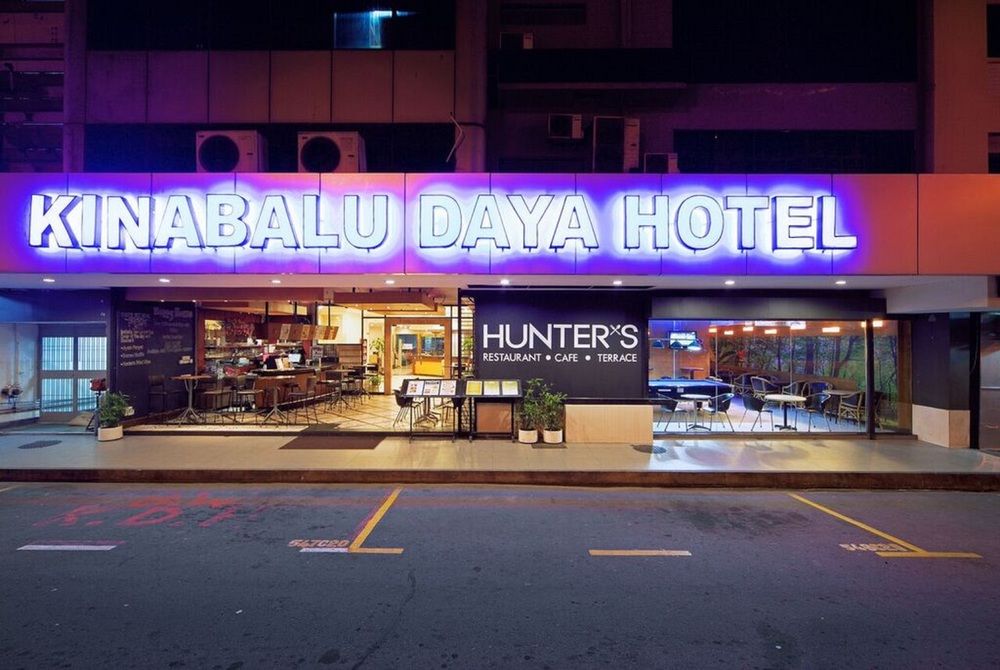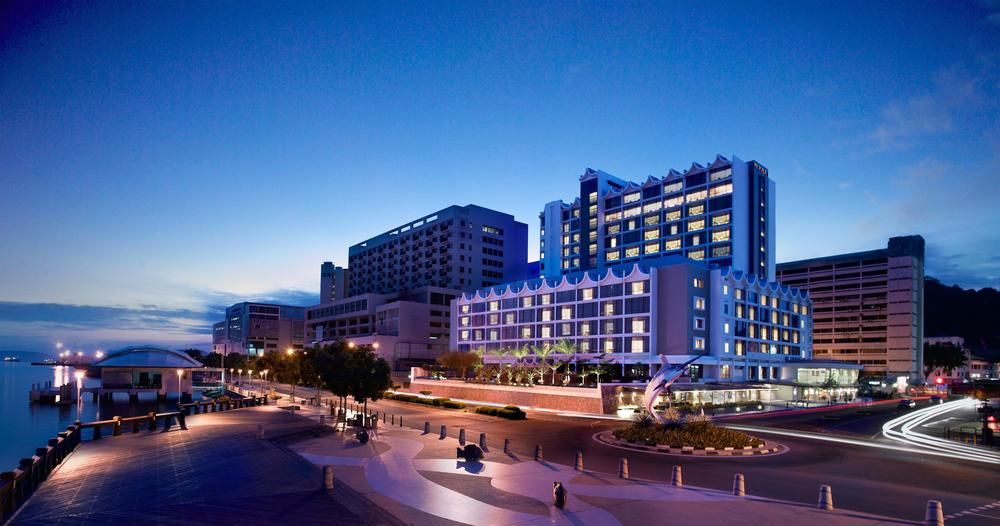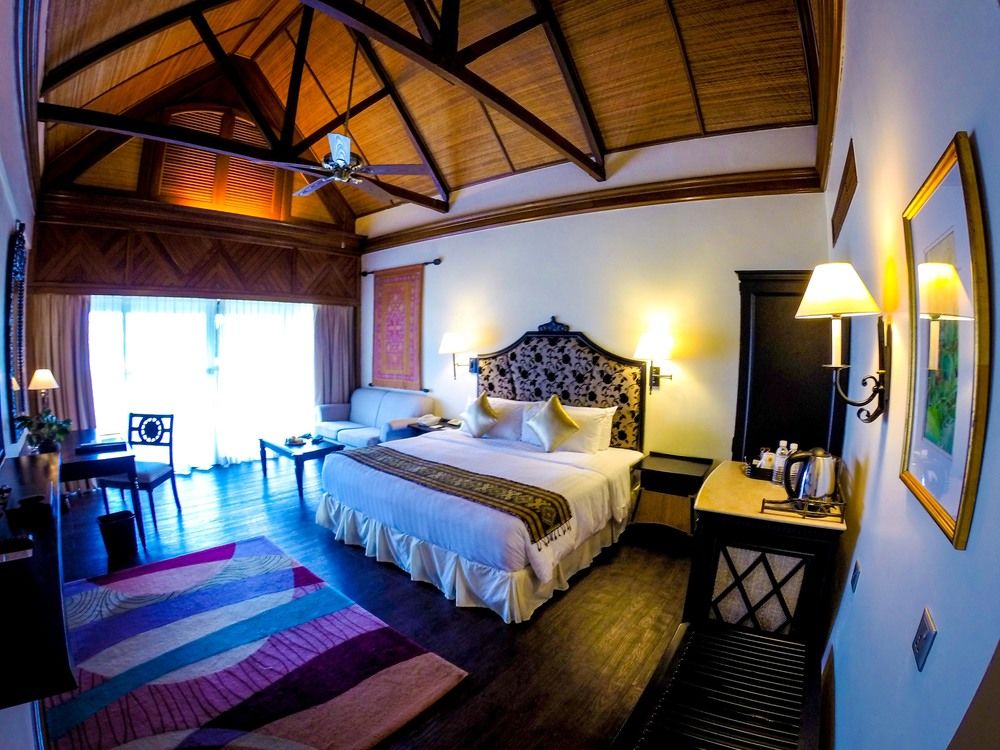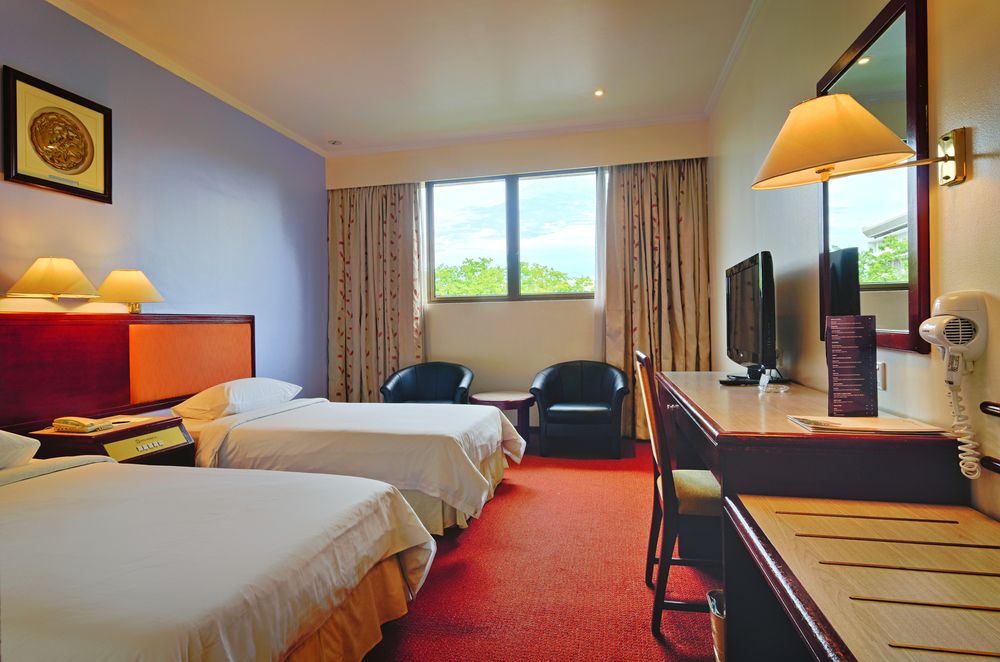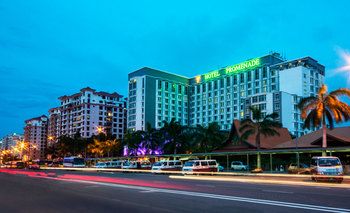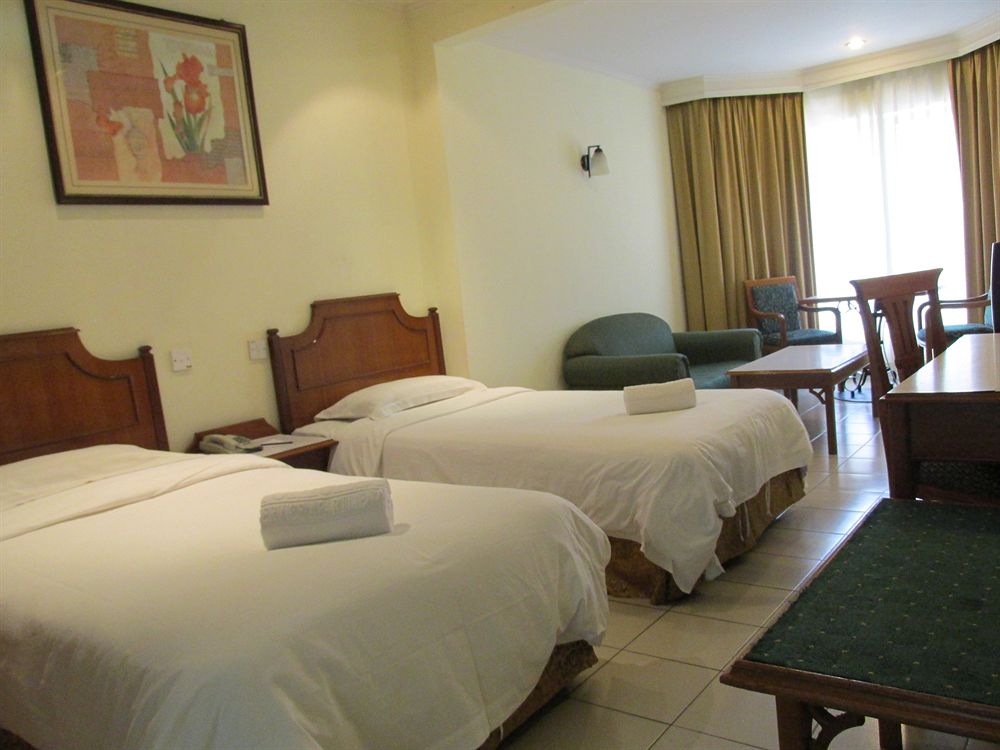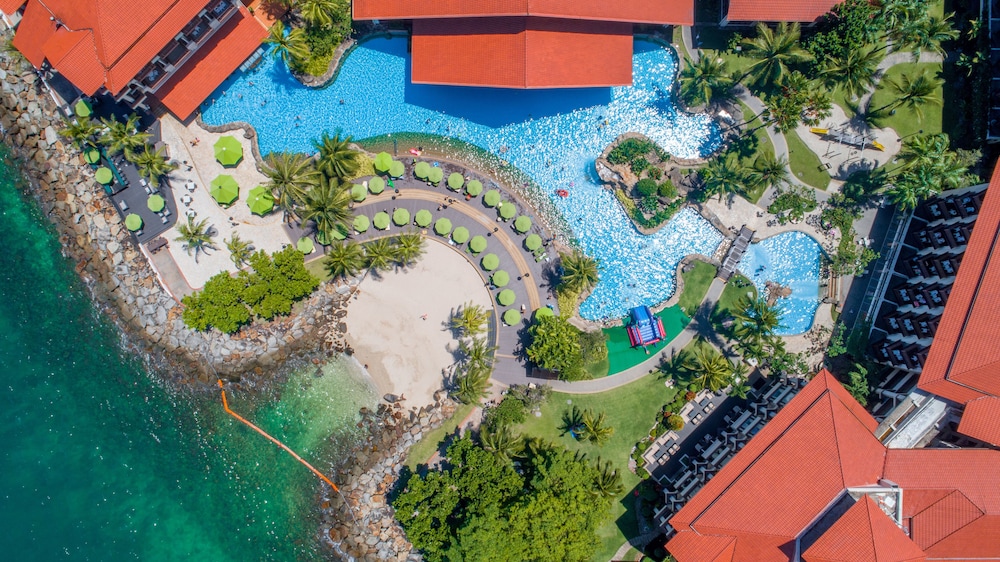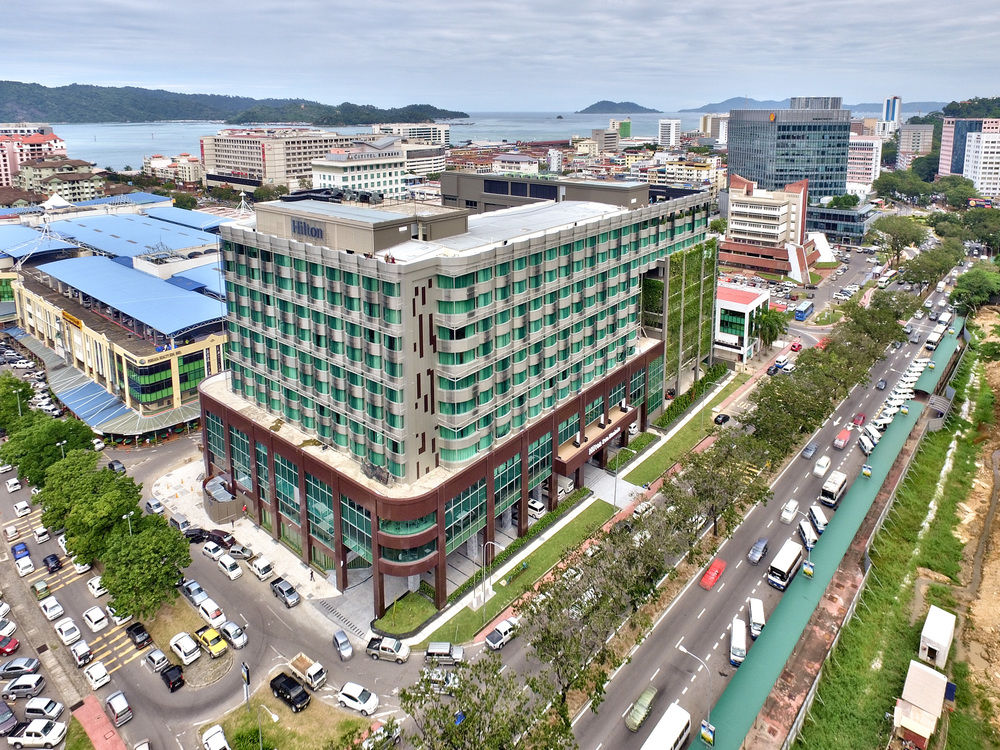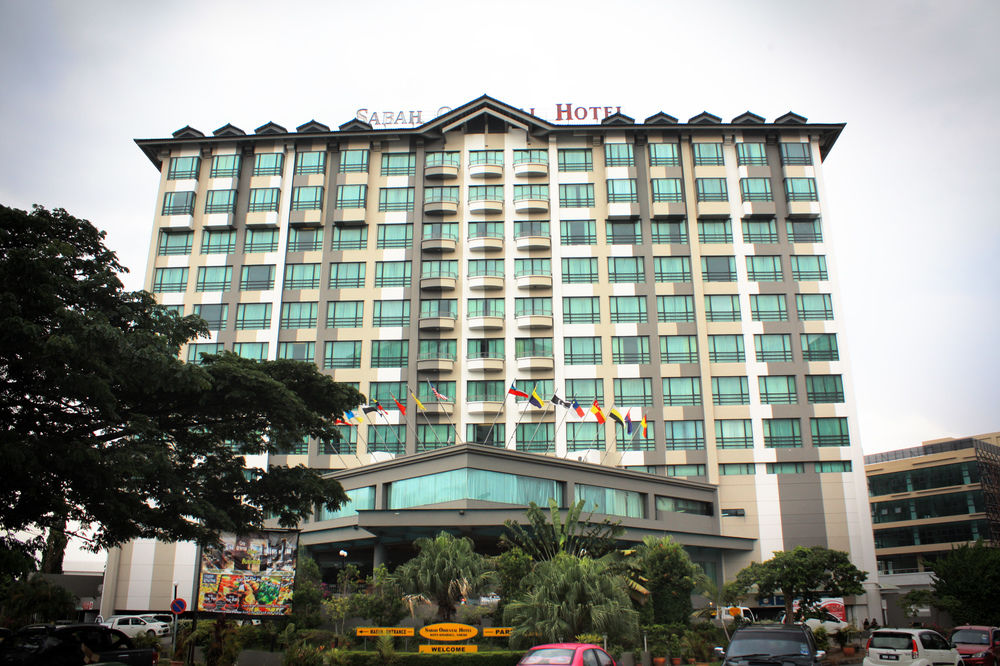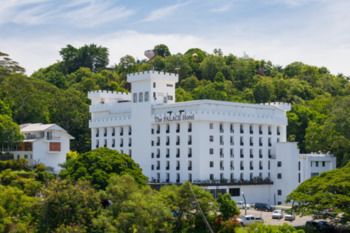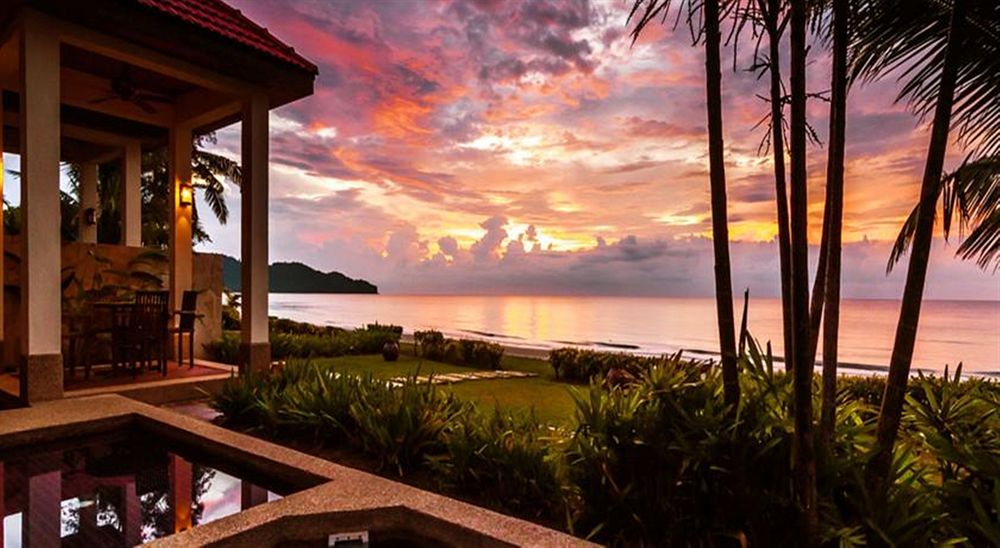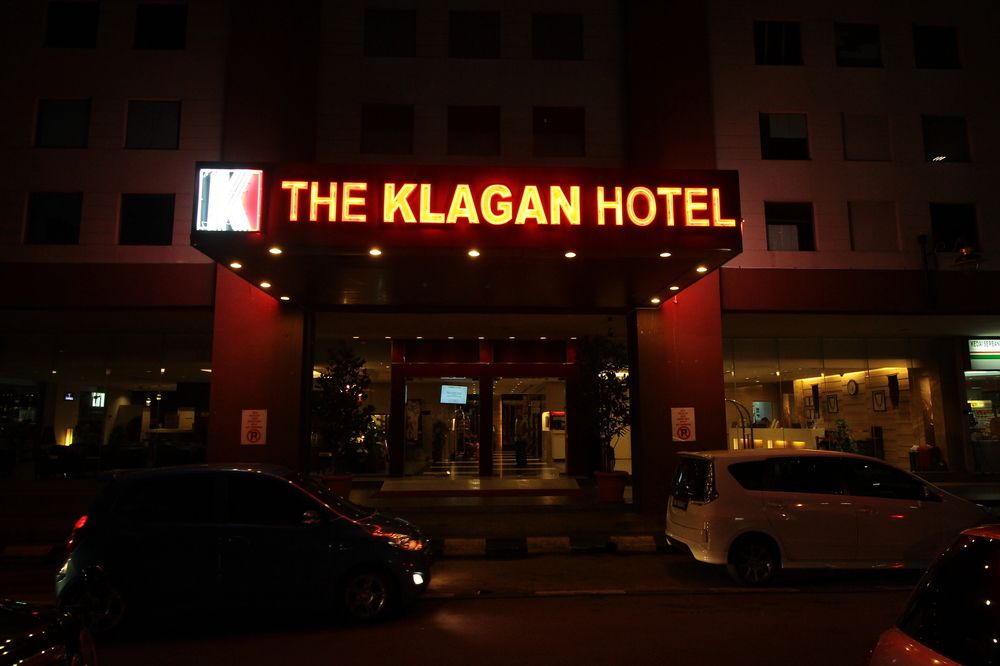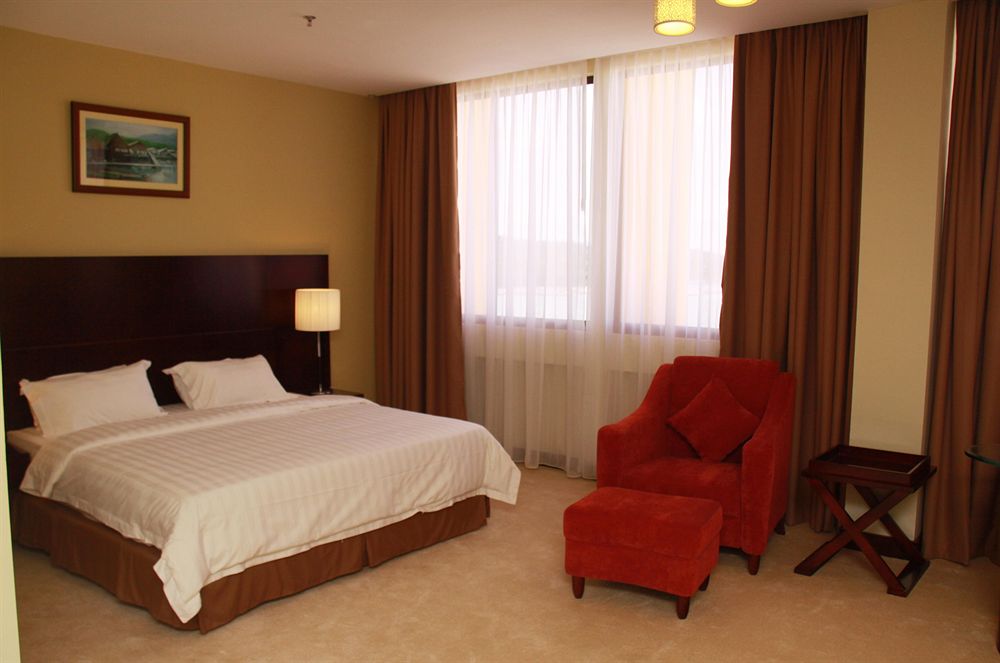
コタキナバルホテル検索結果
AIが見つけた軒のホテルの最安値をご覧ください。
ベストホテル
最安値のホテル
ホテル等級
AIおすすめ
コタキナバルベストホテル
コタキナバル 最低価格のホテル
最高評価のホテル
コタキナバルにある5つ星ホテル
コタキナバルにある4つ星ホテル
コタキナバルにある3つ星ホテル
AIがおすすめする世界の旅行先
コタキナバル近くのホテル情報
コタキナバル 旅行に欠かせない情報
“An island of magnificent sunset”
Kota Kinabalu (Malaysian pronunciation: [ˈkota kinaˈbalu], Jawi: کوتا کينا بالو, Chinese: 亚庇; pinyin: Yàbì), formerly known as Jesselton, is the state capital of Sabah, Malaysia and the capital of the Kota Kinabalu District. It is also the capital of the West Coast Division of Sabah. The city is located on the northwest coast of Borneo facing the South China Sea. The Tunku Abdul Rahman National Park lies to its west and Mount Kinabalu, which gave the city its name, is located to its east. Kota Kinabalu has a population of 452,058 according to the 2010 census; when the adjacent Penampang and Putatan districts are included, the metro area has a combined population of 628,725.In the 15th century, the area of Kota Kinabalu was under the influence of Bruneian Empire. In the 19th century, the British North Borneo Company (BNBC) first set up a settlement near the Gaya Island. However, it was destroyed by fire in 1897 by a local leader named Mat Salleh. In July 1899, the place located opposite to the Gaya Island was identified as a suitable place for settlements. Development in the area was started soon after that; and the place was named "Api-api" before it was renamed after the vice-chairman of BNBC as "Jesselton". Jesselton became a major trading port in the area, and was connected to the North Borneo Railway. Jesselton was largely destroyed during World War II. The Japanese occupation of Jesselton provoked several local uprisings notably the Jesselton Revolt but they were eventually defeated by the Japanese. After the war, BNBC was unable to finance the high cost of reconstructions and the place was ceded to the British Crown Colony. The British Crown declared Jesselton as the new capital of North Borneo in 1946 and started to rebuild the town. After the formation of Malaysia, North Borneo was renamed as Sabah. In 1967, Jesselton was renamed as Kota Kinabalu, Kota being the Malay word for Fort and Kinabalu after the nearby Mount Kinabalu. Kota Kinabalu was granted city
 時間 UTC+08
時間 UTC+08 通貨 MYR
通貨 MYR 言語 Bahasa Melayu, English, Chinese , Tamil, Telugu, Malayalam, Panjabi, Thai
言語 Bahasa Melayu, English, Chinese , Tamil, Telugu, Malayalam, Panjabi, ThaiStaypiaだけの特別な特典
リアルタイムホテル最安値比較
AIが見つけたin コタキナバルの軒のホテルのリアルタイム最安値を簡単に比較検索できます。
316万軒のホテルを最安値で予約
最低価格に最大31%追加メンバーシップ割引でさらにお得にご予約いただけます。
自分だけの
AIがリアルタイムで更新するコタキナバル旅行情報で便利に旅行を準備しましょう。
よくある質問
コタキナバルで最も人気のある5つ星ホテルはThe Pacific Sutera, Shangri-La Tanjung Aru Kota Kinabalu, Shangri-La Rasa Ria Kota Kinabaluです。 コタキナバル 評価順にホテルを見る
コタキナバルで最も評価の高いホテルはThe Pacific Sutera, Shangri-La Tanjung Aru Kota Kinabalu, Shangri-La Rasa Ria Kota Kinabaluです。
一般的なホテルの場合、客室予約はキャンセル締切日前まで無料返金が可能です。キャンセル締切日以降は手数料が発生する場合がありますので、ホテルバウチャーまたはメニュー>マイ予約でキャンセル締切日をご確認ください。
ステピアでは、AIが収集した316万件のホテルの最安値はもちろん、会員限定の追加割引価格で人気ホテルを予約することができます。

